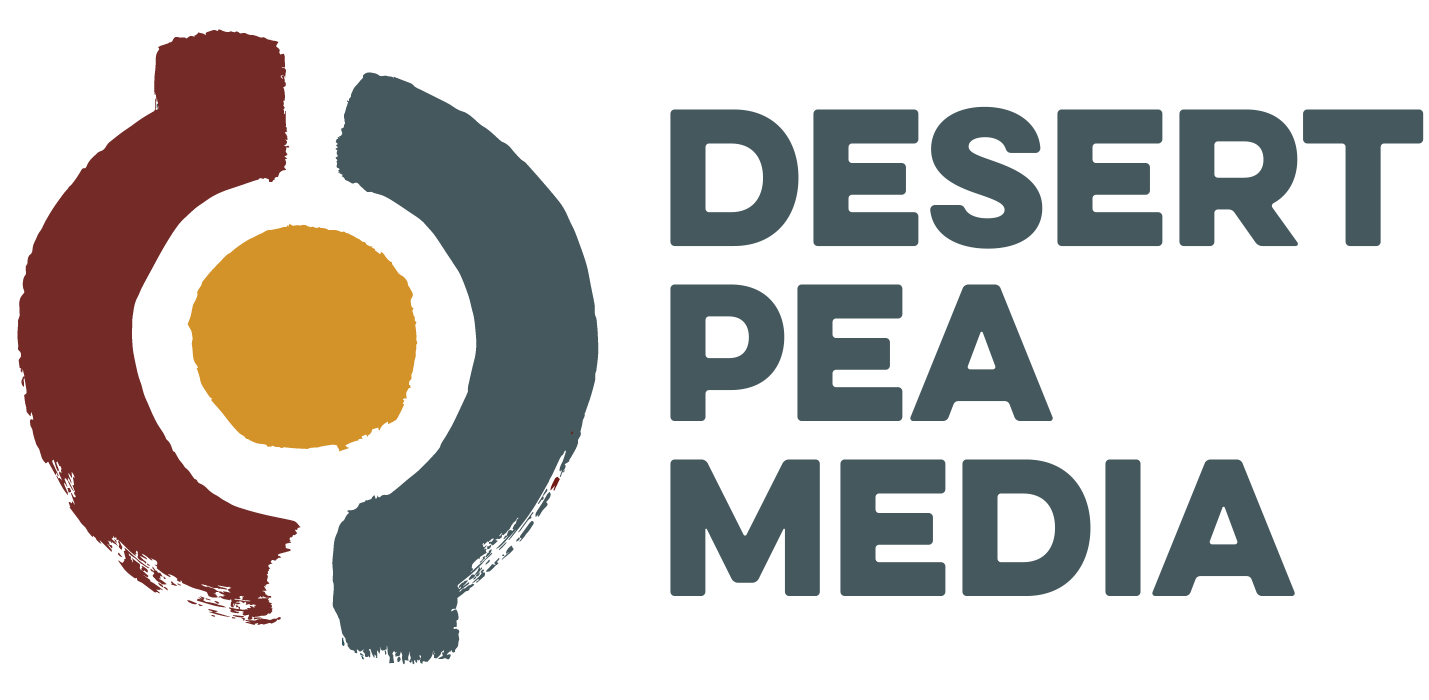
EVALUATION
From 2019-2021, DPM delivered a series of multi-community projects in partnership with Primary Health Networks in Western NSW, North Coast NSW and North Queensland named “Break it Down - Community Conversations Around Mental Health”. Alongside these projects, an independent evaluator (Leanganook Yarn - Natalie Moxham) was engaged to assess the effectiveness of the projects, and measure impacts against our ‘Theory of Change’. Natalie and her team observed multiple DPM projects, spoke with participants and their families, consulted with community representatives and elders, and worked with clients as part of their research. From this work, 2 reports were authored and subsequently 2 short films were produced. Note - this work was done entirely by Leanganook Yarn and their contractors, independently of the DPM team, to ensure neutrality.
We believe that our work is genuinely contributing to a much-needed Australian cultural revolution, and the evidence supports our belief. We’re not giving up until it’s done.
The Evaluation was co-funded by Healthy North Coast, North Queensland Primary Health Network and Desert Pea Media.
KEY FINDINGS:
DPM have built a significant and diverse network of strong relationships with Indigenous communities, Indigenous organisations, educational institutions, service providers and youth organisations over two decades.
DPM programs directly strengthen cultural identity through traditional and contemporary storytelling forms.
Evidence from Report: “Engagement in culture is reinvigorated and embraced by young people in popular culture form. Young people are delving into their and their Elder’s knowledge of story, song, dance and place, curating it into a professional music video and short film. Most of the communities interviewed mentioned these strengthened connections to each other, and said that cultural knowledge and practices were happening as a result of the Desert Pea program”
DPM programs directly strengthen cultural identity through traditional and contemporary storytelling forms.
Evidence from Report: “Engagement in culture is reinvigorated and embraced by young people in popular culture form. Young people are delving into their and their Elder’s knowledge of story, song, dance and place, curating it into a professional music video and short film. Most of the communities interviewed mentioned these strengthened connections to each other, and said that cultural knowledge and practices were happening as a result of the Desert Pea program”
DPM programs engage communities in an appropriate and safe way.
Evidence from Report: “There were many positive statements from Elders and service providers highlighting the process, skills and ability of Desert Pea to appropriately enter and work with the Aboriginal Community. “Clear from first meeting that the (Desert Pea) team knew how to work with schools and Aboriginal protocols” (MY 07 School Principal). There were many comments from young people, Elders and service providers about the ability of Desert Pea to create safe and brave spaces for young people and Elders to express themselves.”the projects are a “unique spark of creativity that shakes up the order of things, creating opportunities for young people to participate and shine where otherwise this does not happen.”
DPM projects are empowering for the young people participating.
Evidence from Report: “The Desert Pea program creates a safe enough space that enables young people to be brave, step up and do something they didn’t see themselves doing. This enables these young people to unlock their potential resulting in an increased sense of worth and a strengthened identity.”
Desert Pea programs increase the motivation and enthusiasm of young people to show up.
Evidence from Report: “Service providers and schools report increased engagement and participation after Desert Pea visits. “The kids are now turning up to school. We even have kids that aren’t enrolled coming to school”- Kuranda School project partner ”
Community connections are strengthened and new connections are made through the Desert Pea program.
Evidence from Report: “Specifically, in one community the Desert Pea program had unified the young people across a number of clans. There was a significant realisation by the adults that unification was coming through the children’s involvement in the Desert Pea program. A resultant reunification through the creativity of song, music and dance gives the community hope and healing.”
Elders, family and service providers together in conversations about social and emotional wellbeing, shifting these conversations and situating services in popular culture where young people are more comfortable engaging. Young people are seeing the services through this lens and hence have increased access.
Evidence from Report: “As a result of the Desert Pea project, young people are sharing and discussing mental health issues and hence breaking down stigma about mental health, giving them permission to talk about it. There are examples were young people clearly gained more knowledge about mental health and wellbeing as a result of the Desert Pea program. Young people were more openly discussing mental health with their peers.”
Communities have clearly indicated a strong preference for longer-term, sustained engagements with DPM. Communities and young people would benefit from Desert Pea being funded to return in a consistent way over time.
Evidence from Report: “A key challenge, that Desert Pea faces, is one-off funding of projects that don’t invest in the potential legacy of the Desert Pea model in a way that is optimal for the young people and the communities they engage…. opportunities are missed to add value and springboard off the spark of creativity and motivation. Some of the young participants have had a profound shift in attitude and are now seeing the world in a whole new way. These young people are now ready to engage and participate – opportunities and pathways need to be available to them to take up..”
